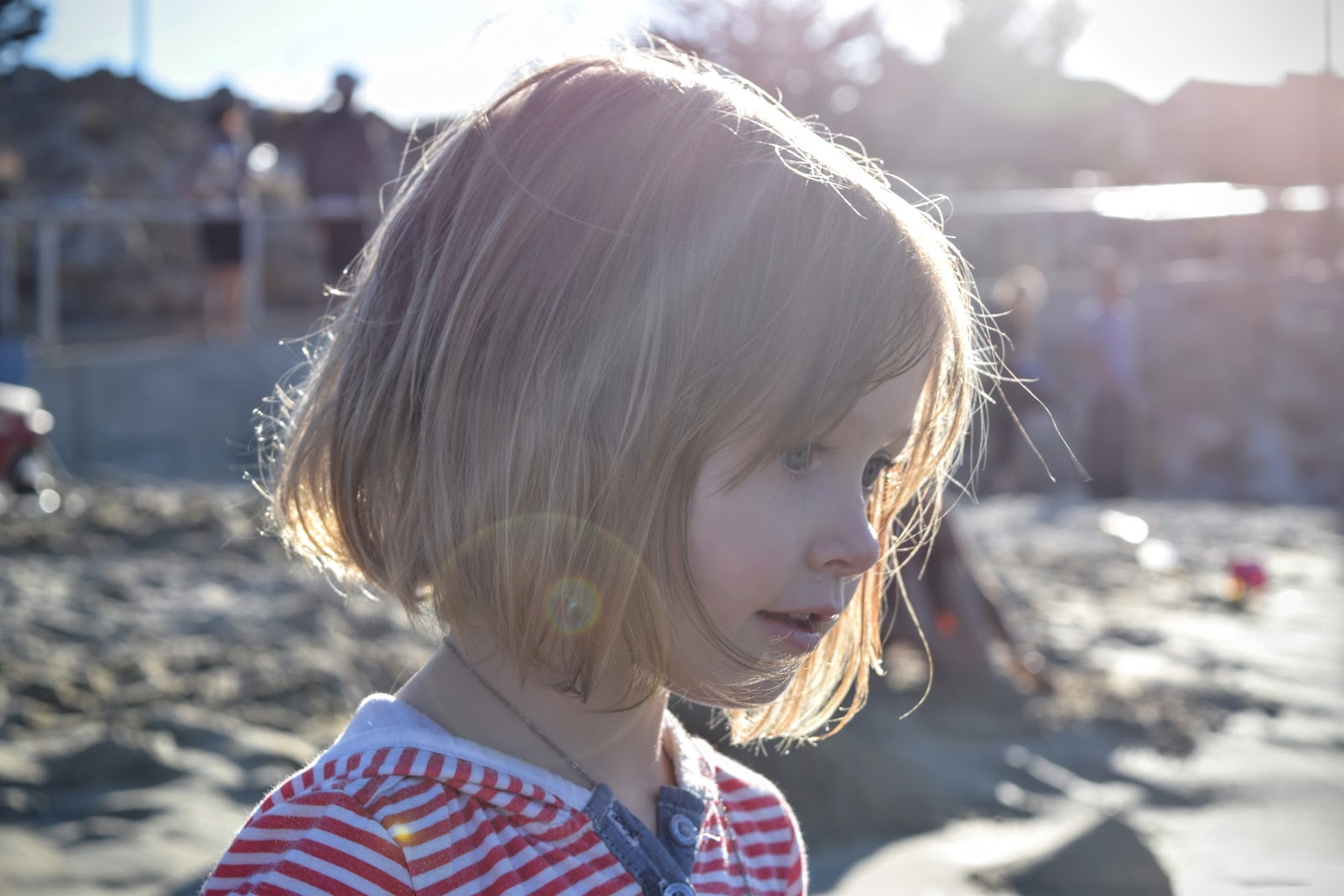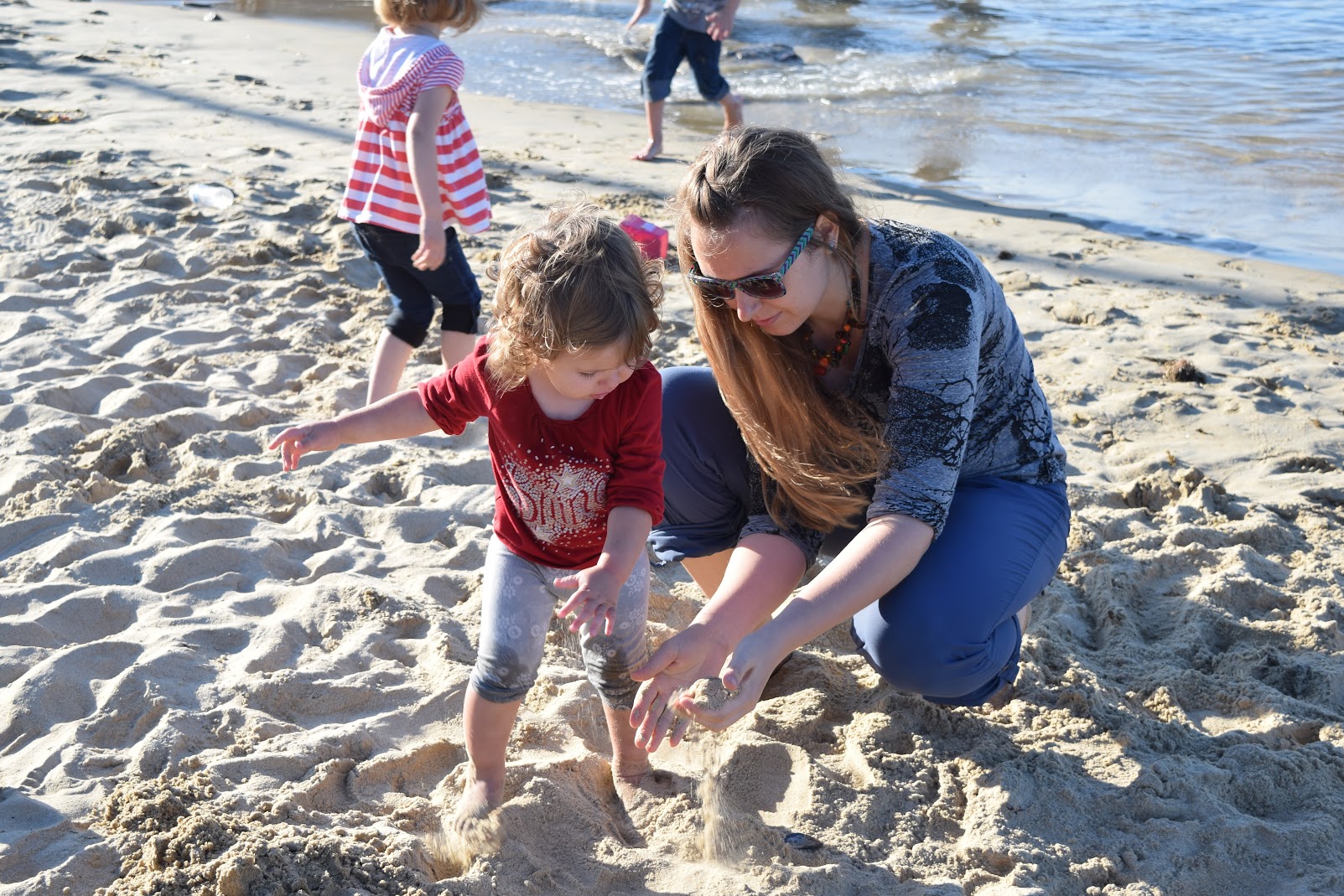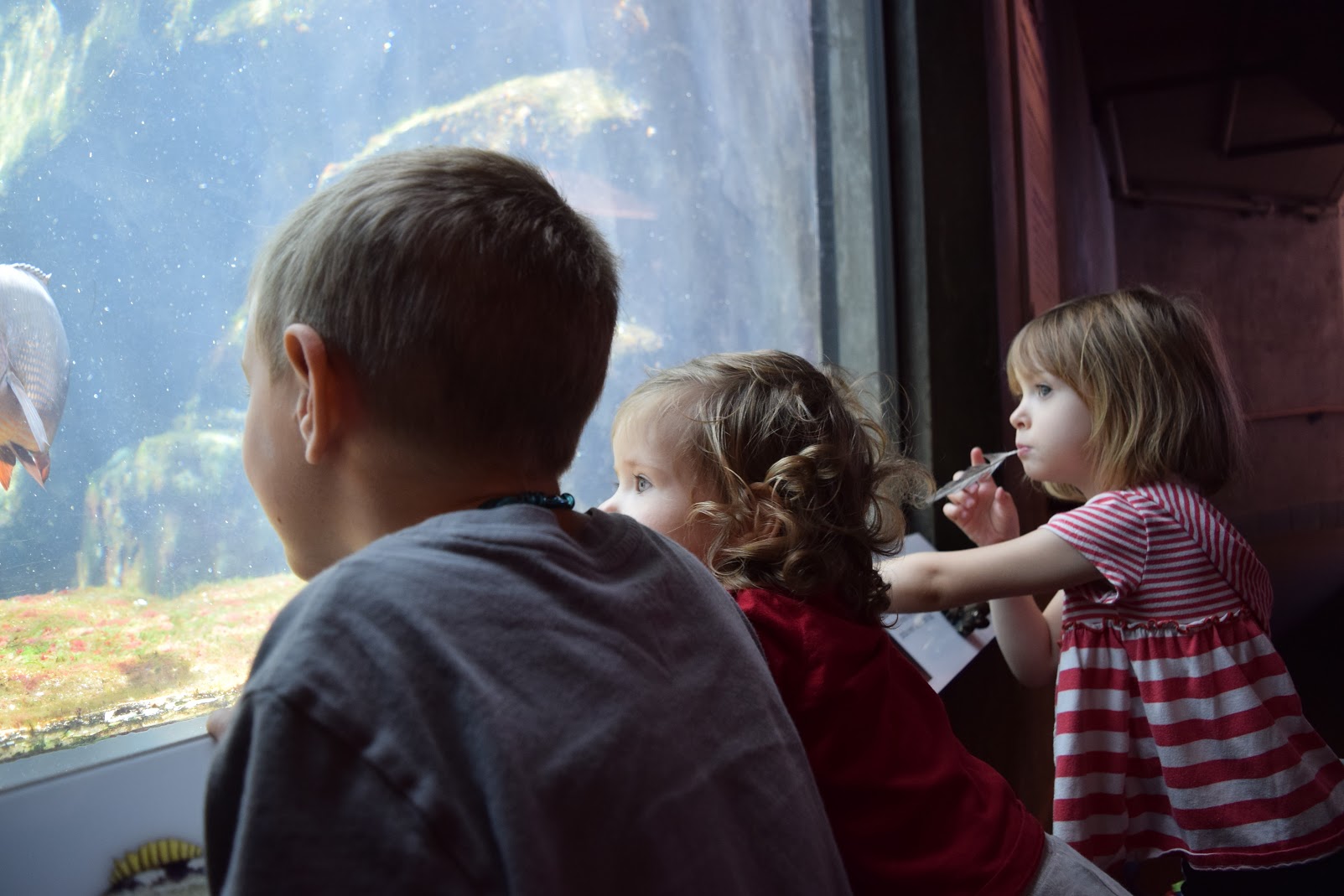There are, of course, the crazy days when I cannot get a single minute to go and recharge at the studio. When I'm running on empty batteries. I'm not going to lie, those days are bad and I feel like giving up on trying to have an art career until my kids are at least in school.
But the good days are good. Both of the napping-age babies sleep at the same time and my almost-kindergartener succeeds in not talking to me for as long as 15 minutes at a time. It helps to have everything ready to go before the opportunity arrives. I do the chores when everyone is awake and active and I usually have a list of projects I can work on for the quiet time. On the best days, I actually stay focused enough to set everything up for painting in the morning and go do it the minute everyone is quiet and happy.
Then, of course, there is the issue of being tired and wanting to take a nap whenever possible. Yeah. Teething babies, sick toddlers, compulsion to stay up late for the "me time" and "adult time" will make you tired the next day. And I know that I'm not very effective at doing anything, including painting, when I am tired. So...back to priorities. Sleep is important.
Some artists with families paint in the middle of it. They work in the dining room while life is happening around them. It doesn't usually work that way for me (other than, maybe, casual sketching). I have to be in the zone. Completely disconnected, fully absorbed and focused. I get crabby if interrupted...So, sometimes, I tune the "life" out and wear headphones, listening to a podcast or music that suits my mood. Typically, though, this happens when my husband is at home so I feel that I have another parent to address situations and nobody gets ignored completely.
Speaking of the other parent - my husband is very supportive of my efforts at developing an art career. This is a huge help. Sure, he still wants me to get a "real job" sometimes, but most of the time, he makes it a little easier for me to keep at it. So does having a support network of friends, fans, and collectors who appreciate my art and cheer for my successes, big and small.
And this is how I do it, paint with kids at home. It's not easy but it's possible. I think the most important thing I am still learning to do is give up control. Accept that there will be many days when I will have to give my family 100% of my time. Accept that my home will never be perfect and sparkling (hmmm...this one may have little to do with me painting...;)). Accept that it will be a while before i can do art full time. Take it a day at a time and celebrate the little things.




























